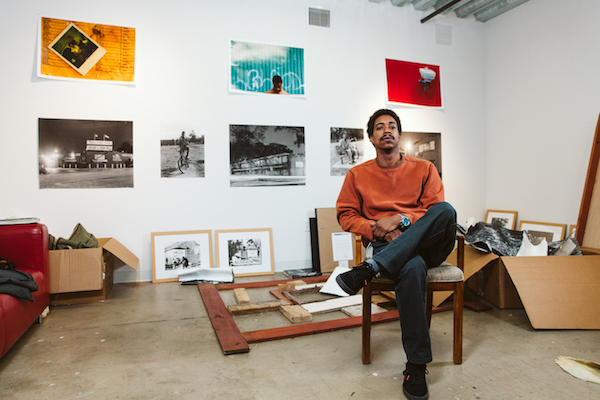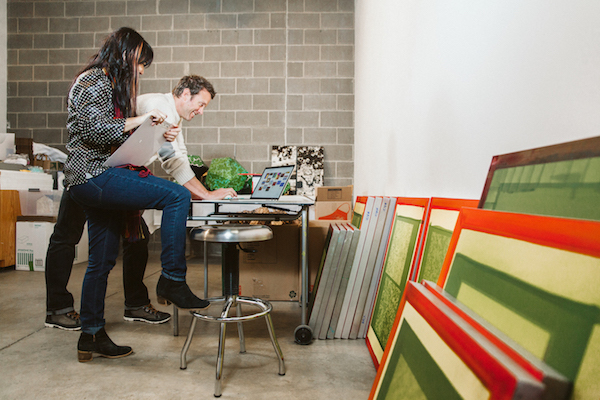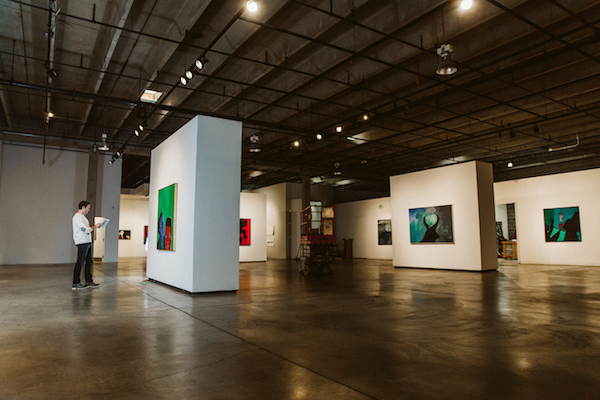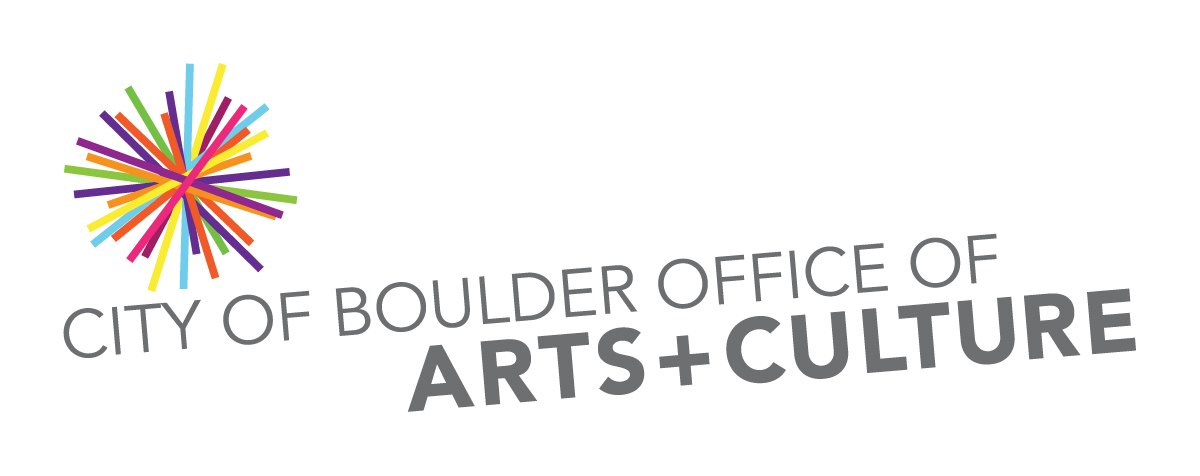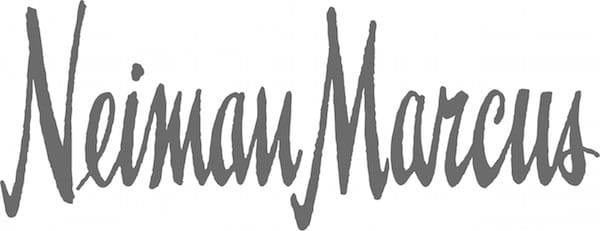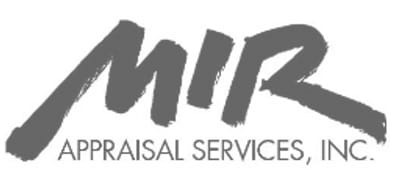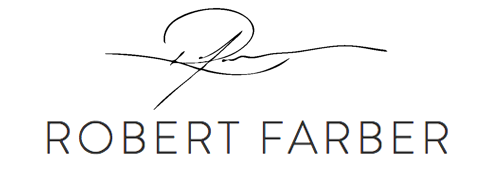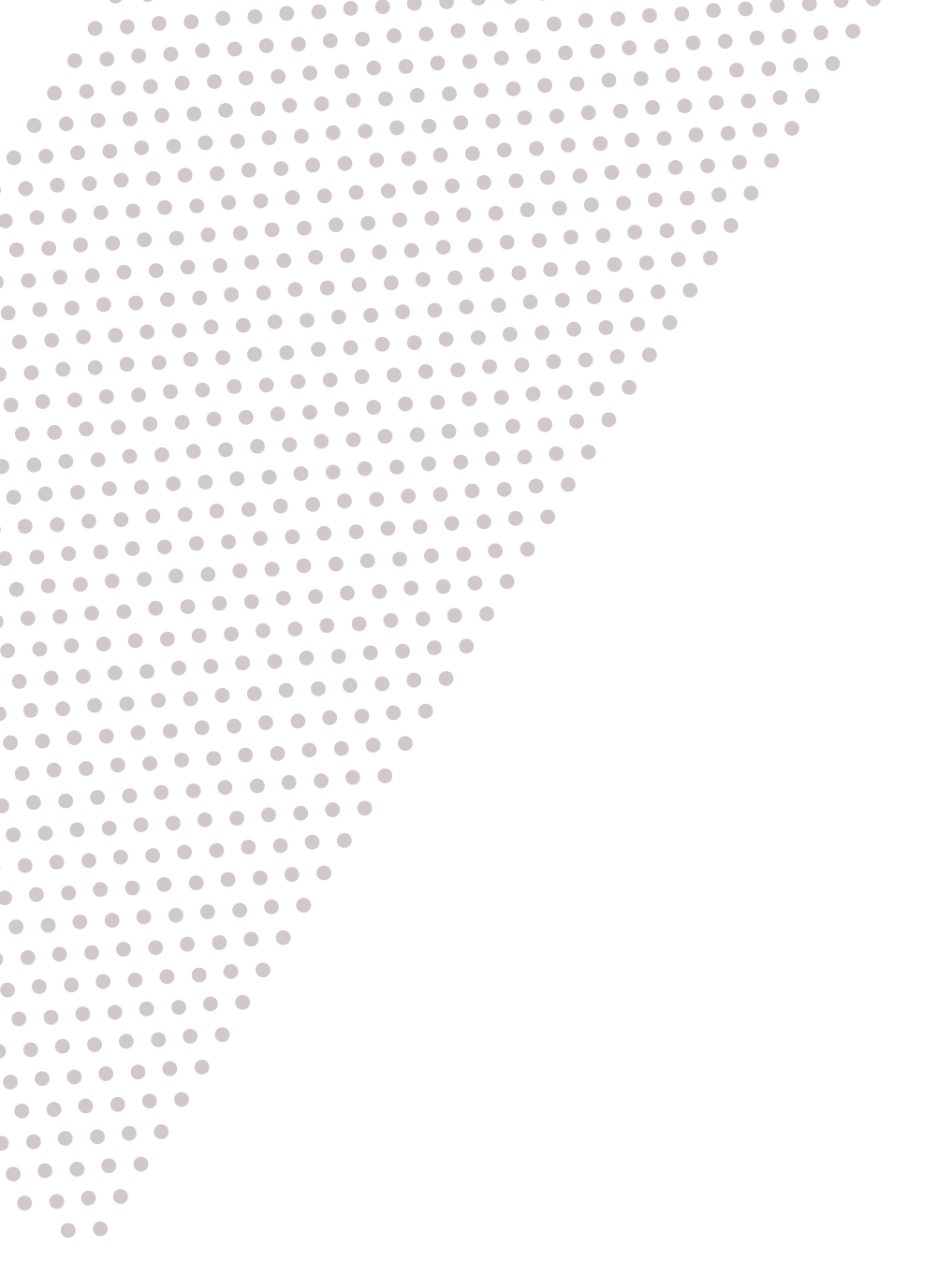
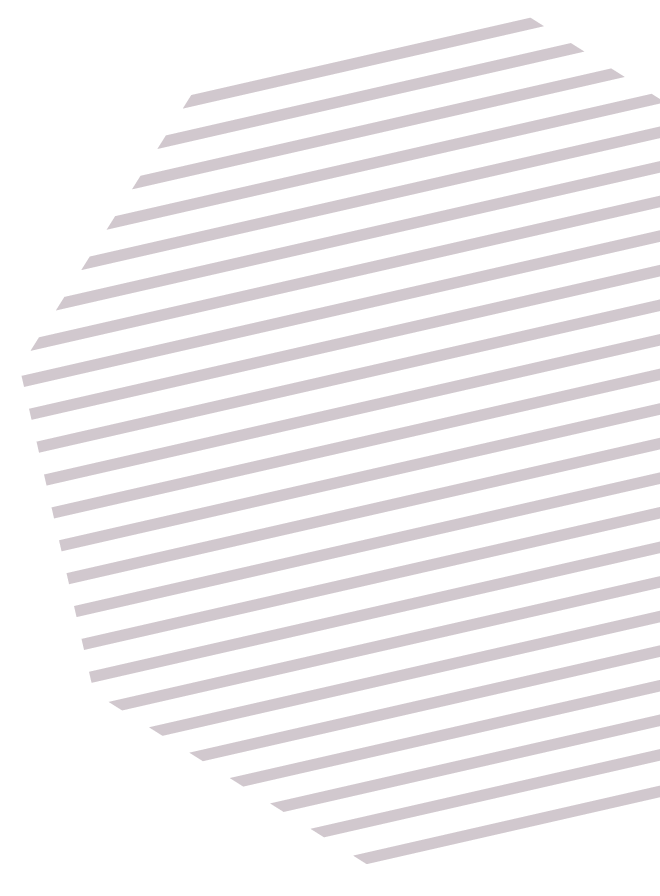
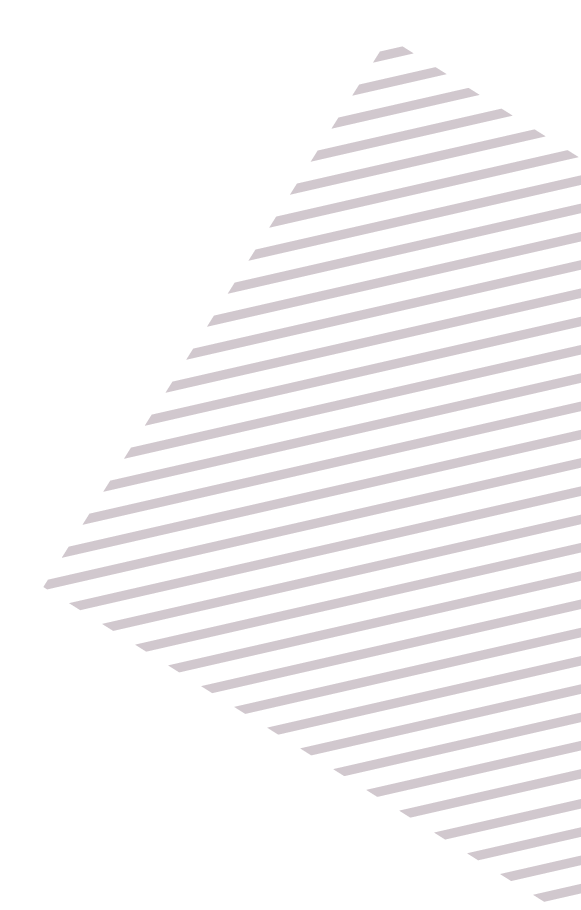
Art Inventory, Simplified
Artwork Archive provides artists, collectors and organizations powerful tools to manage their artwork, career or collection.
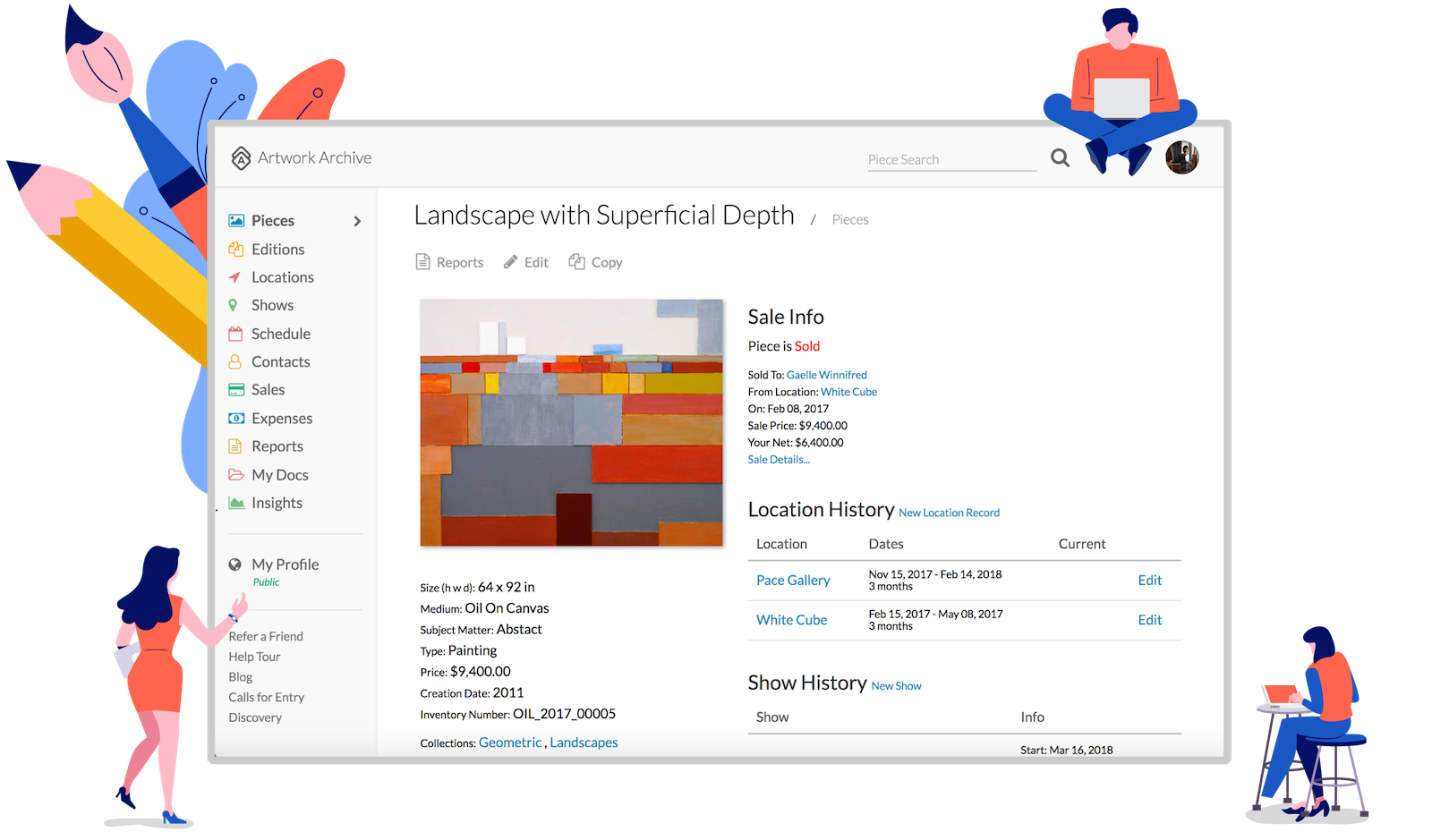
Get Organized
Have your critical art information right at your fingertips. Artwork Archive helps you track your inventory, contacts, galleries, sales and more. All in one place.
Track Your Work
Tools to look professional and impress clients. Stay on top of key deadlines, track pricing and sales, and generate polished reports with ease.
Save Time
Free up hundreds of hours by creating invoices, inventory lists and labels with a click of a button. Successfully manage your business or collection in half the time.
A suite of tools to manage your artwork
With Artwork Archive, you have all the tools to manage, preserve, and showcase your artwork.
A plan for all artworks and collections
Artwork Archive supports artists at all points in their careers, collections of all sizes and all types of organizations.


